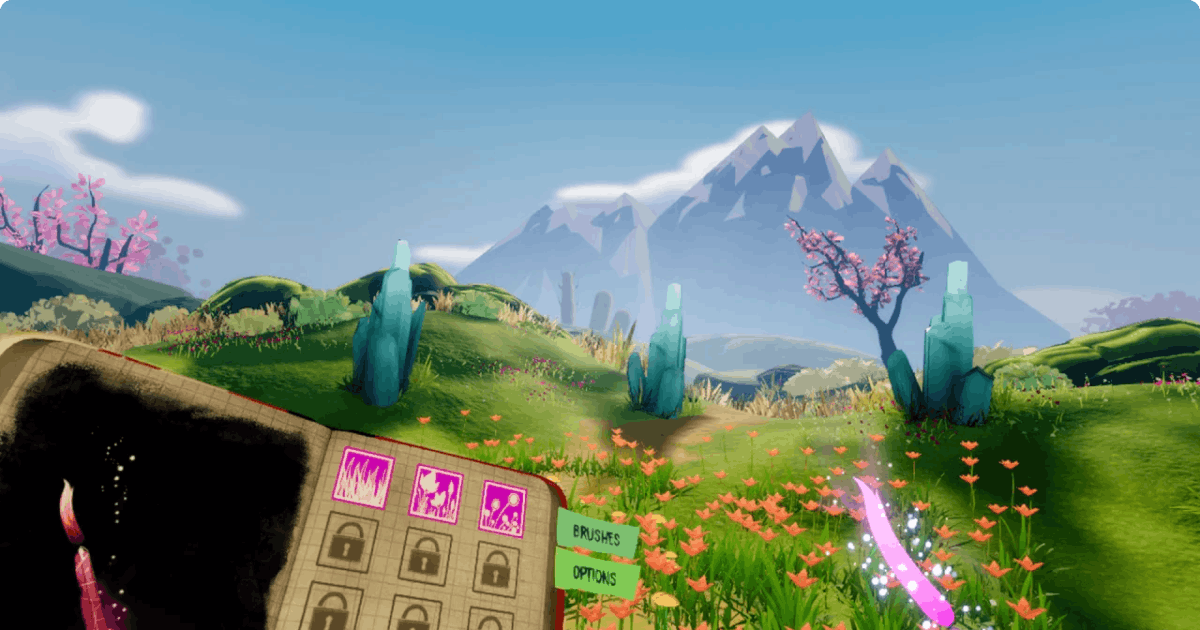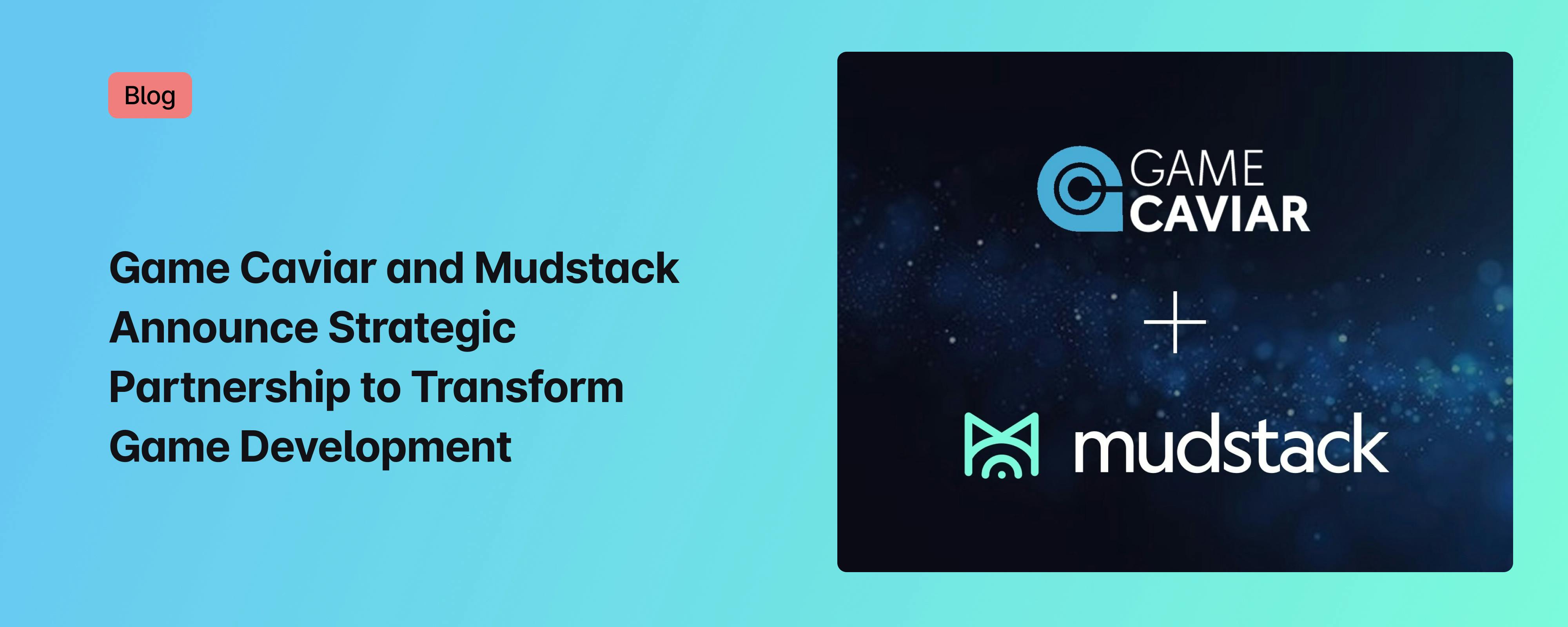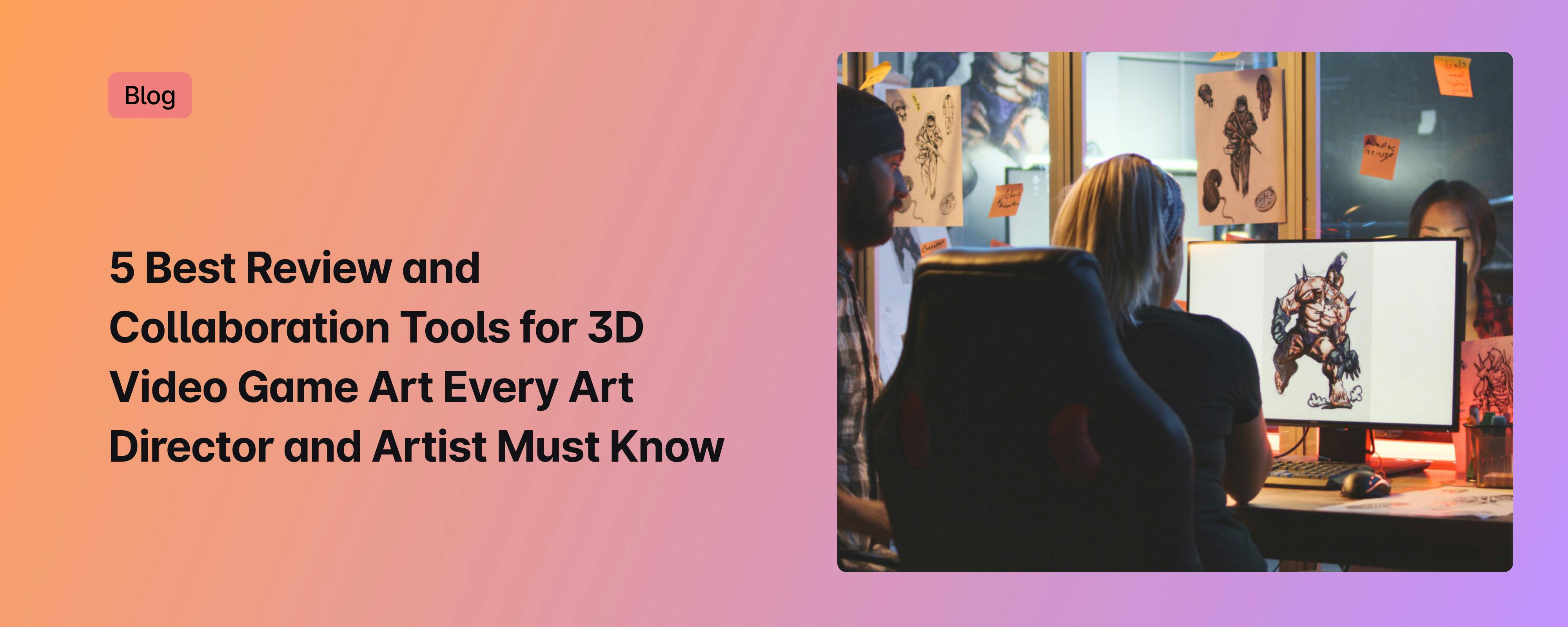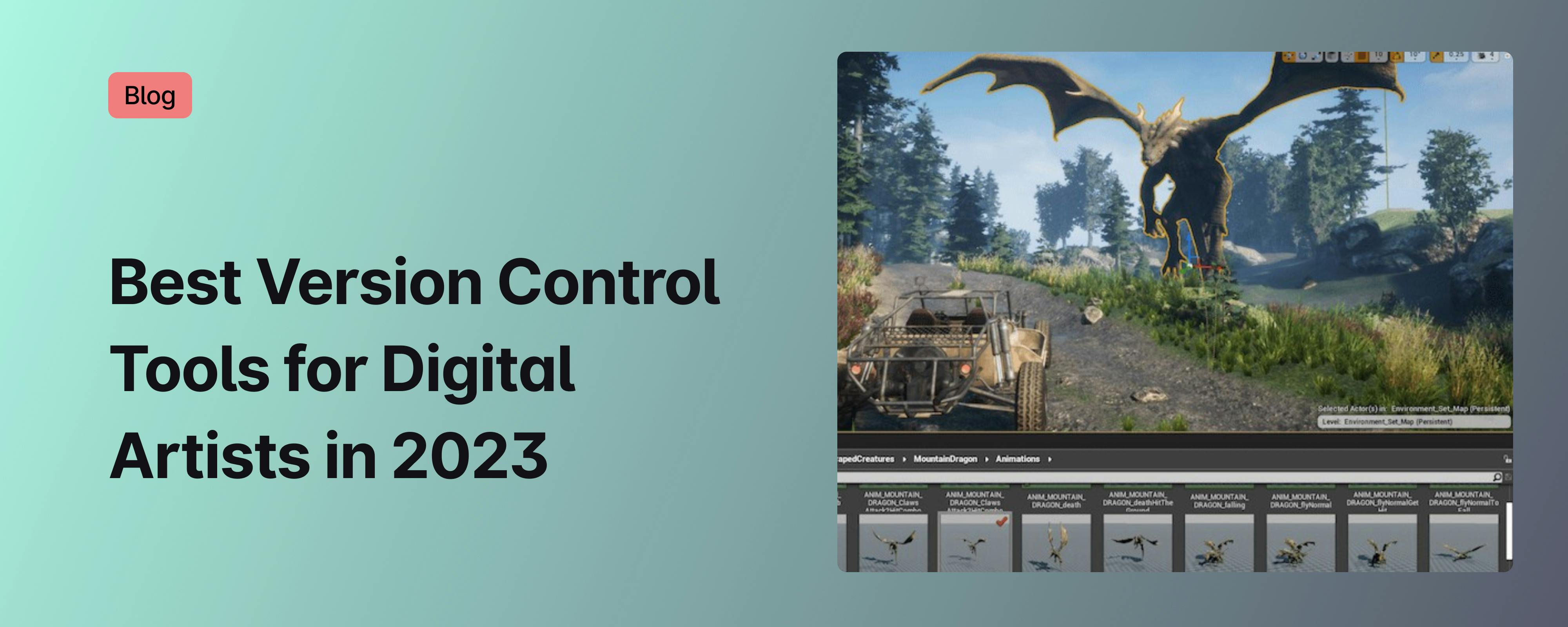How Meta game designer Nikhil Kashyap creates inclusion in the metaverse


About the Artist
Nikhil Kashyap is a game designer whose unique experiences and background as a journalist, novelist, and interactive playwright have driven him to create games in virtual reality that have multiple dimensions of interactivity and can become a vehicle for users to express their identity through play. He sees VR and platforms like Horizon by Meta as having the potential to empower creators with the tools to design their own gaming experiences, and even to augment aspects of reality that are failing.
Nikhil Kashyap is a game designer whose unique experiences and background as a journalist, novelist, and interactive playwright have driven him to create games in virtual reality that have multiple dimensions of interactivity and can become a vehicle for users to express their identity through play. He sees VR and platforms like Horizon by Meta as having the potential to empower creators with the tools to design their own gaming experiences, and even to augment aspects of reality that are failing.
Nikhil spoke with mudstack's own Graham Waldrop on the Clear as Mud podcast to talk about the creative journey that led to him becoming a game designer and how his identity as a person of color who is also queer influences his game design philosophy.
Lost in Transition: How Nikhil’s first published narrative shaped his game design philosophy
Nikhil spent his childhood in the San Francisco Bay area, the UK, and India. Early on he realized that video games were a shared social language and platform for developing friendships. After pursuing a degree in computer science, dabbling in journalism, and taking a gap year that he spent backpacking through Europe, he wrote and published his first novel, Lost in Transition. The novel is a semi-autobiographical coming-of-age story that recounts both his experiences as a youth exploring his sexuality in an environment that doesn’t recognize being queer as a source of identity and a formative trip backpacking in Europe at 23 where he was exposed to the queer community for the first time.
Writing a novel taught him valuable lessons in constructing a narrative and planted the seeds that would eventually lead him to game design. He started working in the industry as a gameplay engineer but quickly realized he was “more interested in the why we make video games than the how we make them.”
Give Me Your Gun: an interactive live play driven by audience decisions
Nikhil attended graduate school at Carnegie Mellon’s Entertainment Technology Center in Pennsylvania where he became interested in how he could bring the interactivity of games and the drama of theater together. Inspired by tabletop RPGs like Dungeons and Dragons, where players might reach their end goal through infinite pathways, he began to develop the interactive theater experience, Give Me Your Gun.
Through a portal on their smartphone, audience members participate in a collective role-playing narrative where they have a high level of agency. They can decide characters’ motivations and interactions by asking questions in real-time that are then acted out on stage. What begins as a simple situation of two friends getting ready for a party quickly escalates into the dramatic or the absurd when a gun is introduced. Then the highest voted audience questions are voiced by the actors.
VR opens a whole new world of interactive storytelling
Exploring novel game designs to build more complex and immersive experiences drove Nikhil to work on the VR expansion for Concrete Genie at Sony Playstation, where players can use unconventional game mechanics and templates to paint a blending of two-dimensional art styles in a 3D world.
“Our primary goal was to make players feel like artists,” Nikhil says of the project.

From the VR expansion of Concrete Genie at Sony Playstation, where players can use unconventional game mechanics and templates to paint a blending of two-dimensional art styles in a 3D world.
Bringing the console original to VR presented unique challenges and forced him to think outside the framework of a typical design format. Console gameplay is motivated by actions that don’t always make sense in VR. Actions must be physically embodied with your hands rather than just pressing a button. VR introduces new dimensional elements to create embodiment and presence in the game, which had him asking questions like “How do we make each of these brushes delightful? What does it mean to command a gust of wind?”
In the past, Nikhil worked on Horizon Worlds, a social VR platform at Meta. His primary goal was to inspire and empower a creator ecosystem. As a game designer at Meta, his role involved combining his experiences as a game designer, engineer, and creator to generate templates in VR. These templates could then be used by other creators to collaboratively create their own role-playing experiences. It is possible that his role as a game designer at Meta may eventually require a new name to better reflect the multifaceted nature of his work
.jpeg?ixlib=gatsbyFP&auto=compress%2Cformat&fit=max&w=1920&h=960)
Horizon Worlds, a social VR platform at Meta, is a creator ecosystem designed to empower creatives to deliver unique experiences through collaboration and social interaction.
What is a Metaverse?
“Conversations about the metaverse can be tainted by dystopian realities” he admits. Nikhil believes part of that stems from an ambiguity about what a metaverse is. He believes there are three primary features that are inherent to a metaverse.
- A metaverse is persistent and synchronously social. They are a virtual space that exists independent of the user and where you can have real-time interactions with other people.
- A metaverse has user-generated content, unlike MMOs which are static and not created by the users themselves.
- A metaverse has a customizable identity. You can create an avatar that can be any kind of expression of yourself, real or fabricated, which transforms over and between worlds.
Nikhil focuses on how VR can be used to augment reality and gaps in our lives where reality might be failing. He imagines a platform where real-world problems can be solved and where social interaction can exist in a more rich, embodied experience.
Working on games like Concrete Genie and Horizon has convinced Nikhil that games need to do more to be accessible if they want to reach a broader demographic, and that these games are successful in part because you don’t have to have experience as a gamer to play and enjoy them. He says that, “Games should do more than entertain. They should inspire and allow people to express their identity, and touch upon points of reality.”
While Nikhil believes that the gaming industry is moving towards being a more inclusive and diverse space, he hopes that other people on the margins and at intersections of identity feel that they are recognized and that their experiences are validated.
Acknowledge your own hyperconsciousness
“Being someone at the margins, you become hyperconscious of yourself when you are in a room with people who look and sound different than you, and your attention is driven inwards.” The process of making games can exacerbate this because developers in the industry are passionate about their work. That can contribute to an environment that can be difficult to participate in when so much of your attentional bandwidth is focused on things like how your accent sounds or whether you are presenting as too feminine or masculine. Nikhil wants others to know that the hyperconsciousness you might feel is an internal battle that can be overcome, and that the many ways they express themselves are all valid.
Nikhil hopes that we will reach out and encourage others to share in the joy of gaming, and that developers make immersive games which people can share and express their identity through.
“I feel very, very comfortable being myself now.”
Mazze Whiteley is the Content and Community Manager for mudstack, the only asset management and collaboration platform custom-built for game studios and digital artists.
You can listen to Nikhil talk more about his story on Clear As Mud, a game design & dev podcast from the folks at mudstack.
If you’d like to contact Nikhil Kashyap you can visit his website here or find him on LinkedIn. His book, Lost in Transition, is available for purchase on Amazon.




